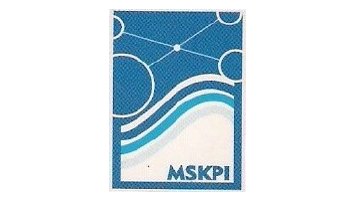STRUKTUR KOMUNITAS LAMUN DI PULAU WANCI, KABUPATEN WAKATOBI, SULAWESI TENGGARA
Abstract
Seagrass is sea plant that is no less important to other coastal ecosystems such as coral reefs and mangroves in terms of physical, ecological, and economic. Indonesia has 12 species of seagrasses from 58 species of seagrasses in the world. Not all regions in Indonesia has the same species seagrasses due to differences in environmental conditions or anthropogenic pressures, a study of seagrass species diversity in Indonesian waters need to be done. This research was conducted to indentify seagrass community structure in intertidal area of Wanci waters, Wakatobi Regency, Southeast Sulawesi Province. Stations of observation was located in seagrass bed area that divided in to four stations. Sampling methods was conducted refers to McKenzie et al. (2001) by using quadratic transect 50 cm x 50 cm. In each the quadratic transect, there was recorded of species, and total of the plant. The result of research showed that there were 7 species of segrasses found in Wanci island waters namely Halophila ovalis, Halodule uninervis, Cymodocea rotundata, Thalassia hemprichii, Enhalus acroides, Thalasodendron, and Syringodium isoetifolium. The highest density of seagrass species was dominated by Thalassia hemprichii, Halodule uninervis, and Cymodocea rotundata. The overall distribution pattern of seagrass species were cluster. There is correlation between environmental parameters and seagrass density. Sand substrate has a high positive correlation to the density of seagrass whereas clay substrate, current velocity, salinity, and temperature had a negative correlation (low to high) to the density of seagrass in Wanci Island waters.
Copyright (c) 2019 Nur Ikhsan

This work is licensed under a Creative Commons Attribution-NonCommercial-ShareAlike 4.0 International License.




















